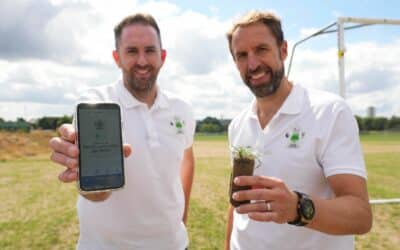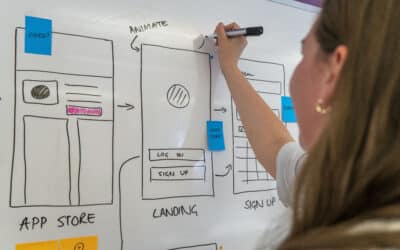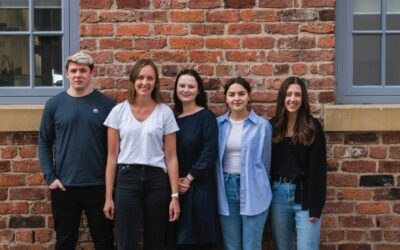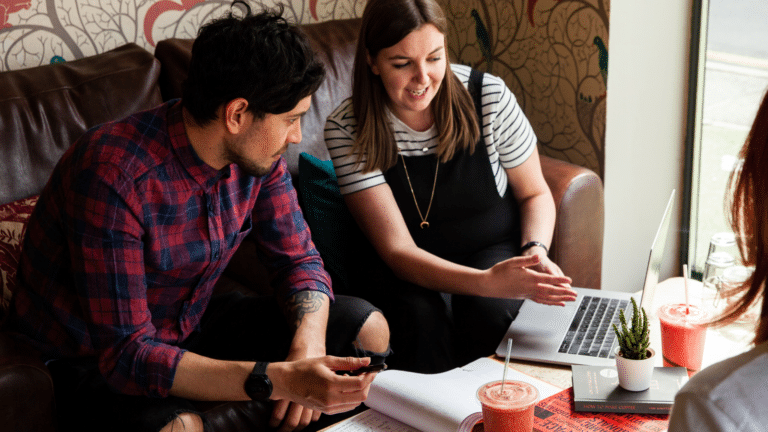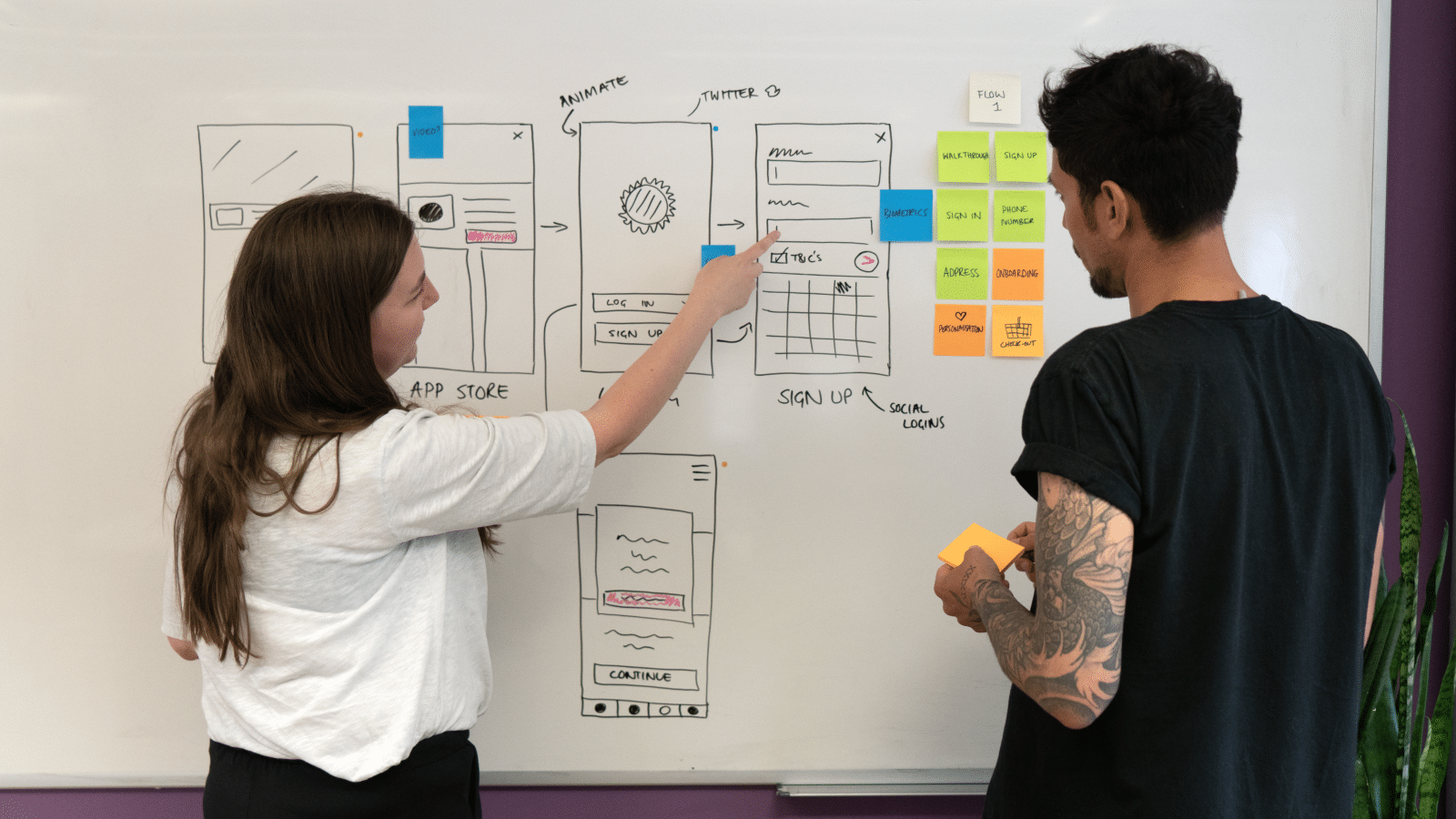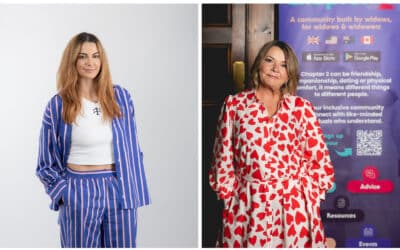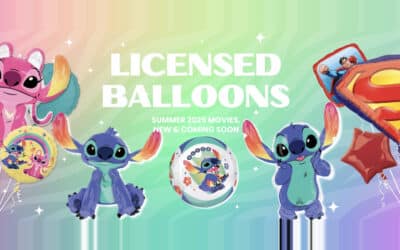With over 20 years’ experience working with some of the biggest brands, Leeds-based digital agency Bolser is a digital design specialist, using its insights to develop digital strategies and drive major digital transformation.
Working with global brands including Xbox, Microsoft, KFC, Teach ME Anatomy and the Football Foundation, the agency places the end user experience (UX) at the heart of its plans.
Bolser was recently awarded Innovation of the Year at the Prolific North Tech Awards for its work with Xbox Interactive Services, which used innovative technology to improve the online retail experience for its global customers, as well as increasing sales.
Behind the scenes and driving the importance of user experience and creativity at the agency is Hanneka Kilburn, who heads up the agency’s eight-strong creative department. “At Bolser we have a lot of experience working with clients who have considerable digital maturity and multiple legacy systems,” explained Kilburn.
“They have existing digital products like apps and websites but as they develop over time the experience is not always the best one for the user.”
Digital transformation, and delving deeper into each brand and its audience, is crucial to developing good UX. Here, she provides some insights into the agency’s top three tips to achieve good user experience.
1. Understanding new customers
Beyond data and analytics, many companies still don’t fully understand the differences between an established user and new users.
The agency’s approach for each project includes mapping out new audience requirements and aspirations through user research and testing. For example, when working with a recent client who run multiple long-standing apps and websites, the agency found new customers were finding their existing apps difficult to navigate.
“Their UX was really complicated. People didn’t understand and the UX was quite difficult. When we consider their existing users, they have become completely used to how things worked” she explained.
For existing users it is almost a ”badge of honor” that they’ve learnt how to figure out complex systems but it can be “really daunting” for new users.
“You don’t want to alienate your old user base and people don’t tend to like change. But in order to attract new customers you have to move and do it in the right way.”
Similarly, working with Microsoft on its digital solutions division, the agency carried out in-depth research into the audience by mapping out the full customer journey. The team did this by developing ‘personas’, speaking to individuals using the site and discovering that the core audience was not just CEOs and senior executives but their executive assistants too.
“We discovered that even though Microsoft designed the best experience for desktop, their CEO audience did everything on the go on mobile. So the site and messaging needed to be most impactful on mobile.”
With KFC, from going into stores, speaking to staff and watching customers using the app, the agency discovered users were experiencing issues with scanning the rewards barcodes.
“By speaking to the users, researching them, looking at the other websites and apps they use, and going to the places they are, we can build up a complete understanding that analytics alone doesn’t give us. This helps inform design decisions for a new generation of customers backed up by evidence,” she explained.
How to help new customers:
• Get to know your audience. This can often be achieved by using user research and testing.
• Look outside the client’s industry. Not just doing direct competitor reviews but seeking out a broad range of inspiration. When redesigning EE’s app, the agency looked at inspiration from Uber and various ecommerce sites to show what could be possible – and how easy it could be.
• Embark on ‘immersion sessions’ to understand and use the product. Visiting the environment or company to gain first-hand experience and view it from a user’s perspective.
2. Simplification
Approaching a project with a “fresh pair of eyes” is key, especially when working with client’s internal design departments, she explained.
“For EE we worked with a dedicated app team away from the main development, web or systems teams, this helped us develop a different approach to the existing website. We could reduce complexity on the app, starting from scratch and enabling us to question whether what we were adding really benefited the user.”
One example of complexity for users is signing in to a website or app with an email address and password. Lots of companies such as KFC or EE are now introducing “magic links” or codes to make the journey easier for the user.


